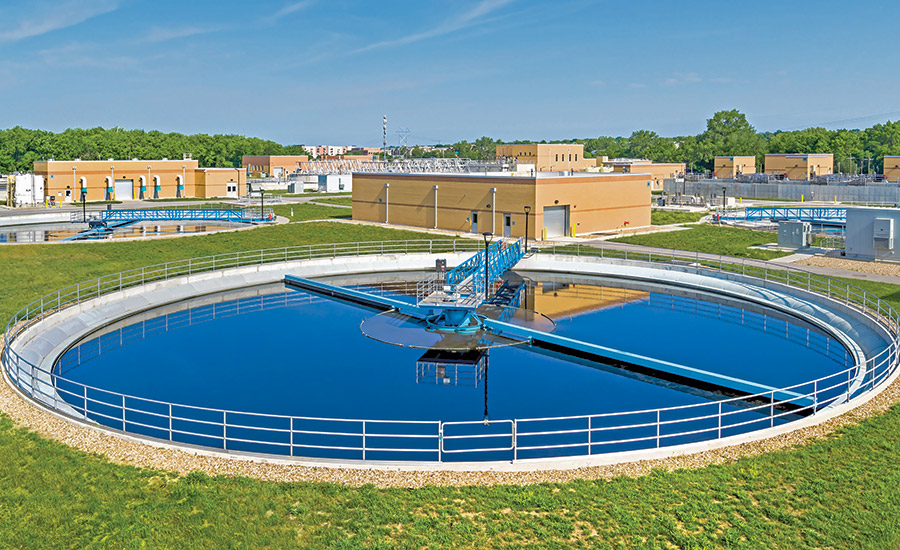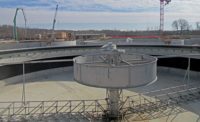Johnson County Tomahawk Creek Wastewater Treatment Facility Improvements
Leawood, Kan.
BEST PROJECT
Submitted by: McCarthy Building Cos.
Owner: Johnson County Wastewater
Lead Design Firm: Black & Veatch/HDR
General Contractor: McCarthy Building Cos.
Civil Engineer: Black & Veatch/HDR
Structural Engineer: Black & Veatch/HDR
MEP Engineer: Black & Veatch/HDR
Subcontractors: McCarthy/Castle JV; RS Guarantee; Ambassador Steel; Hamm
A growing population, aging infrastructure and more stringent effluent limits necessitated the large-scale expansion of the Tomahawk Creek Wastewater Treatment Facility. The $268-million project included construction of 30 new structures, more than 130 installed pumps, nine miles of underground utilities and 792 deep foundation drilled shafts.
It’s the largest infrastructure project ever undertaken by Johnson County, increasing the facility’s footprint by approximately 30%. The expansion nearly tripled the facility’s average treatment capacity to 19 million gallons a day during dry weather and up to 172 mgd during wet weather.
Because the existing facility lacked the treatment capacity to adequately serve the needs of the surrounding communities, 60% of the incoming flow had been redirected across state lines to Kansas City, Mo. While the strategy helped defer capital costs, operational expenses were two to three times the cost of local treatment. The new improvements are expected to reduce future expenses for Johnson County by an estimated $785 million over the next 35 years.
Initial cost estimates were $60 million over the county’s original project budget. The design and construction team value-engineered the project in six weeks to keep the program on budget and on schedule.

Photo courtesy Architectural Photography Inc.
Early in design, the project team devised a strategy to temporarily divert all flow during construction to neighboring Kansas City to eliminate extensive maintenance of plant operations and accelerate construction by an estimated 1.5 to 2 years.
The construction manager at-risk delivery model enabled the project team to closely collaborate and plan ahead while effectively managing unforeseen obstacles such as the COVID-19 pandemic and the wettest year on record in Johnson County. By overcoming these considerable challenges, the team achieved its first milestone two months ahead of schedule, enabling the facility to begin treating its own liquid waste sooner than anticipated.
All combined, the team’s efforts enabled the project, which broke ground in April 2018, to complete on budget and ahead of schedule in May 2022.





Post a comment to this article
Report Abusive Comment